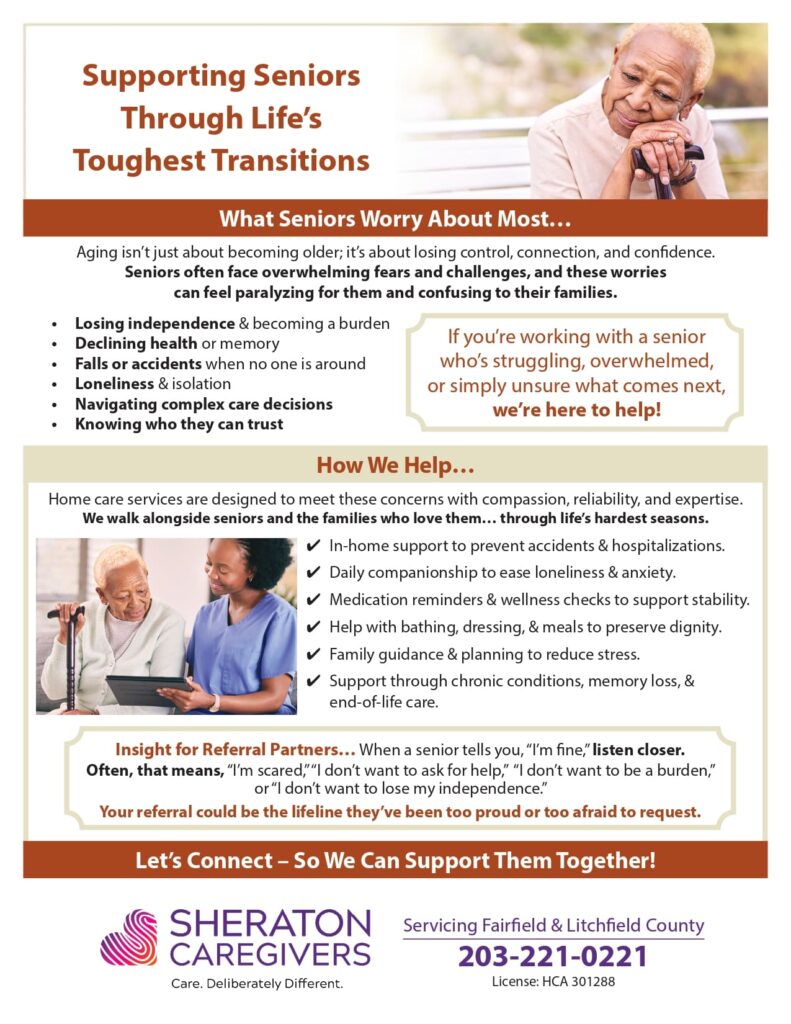TLDR
This article explains what integrated home care services are, why they matter, and how they combine skilled medical care, daily living support, rehabilitation, safety planning, and caregiver resources into one coordinated plan. You’ll learn the main service types, pros and cons, practical ways to make care work better (and cheaper), and how to find high-quality agencies and community programs backed by reputable U.S. sources. We close with steps to get started today.
Introduction
If your goal is to remain independent and safe at home, integrated home care services bring multiple supports nursing, therapy, personal care, care coordination, and community resources into one plan that meets you where you live.
What Do “Integrated Home Care Services” Mean and Why Now?
A practical definition: start with home health care, which Medicare covers when it’s skilled and intermittent (for example, nursing, physical therapy, or speech-language services) and delivered by a Medicare-certified home health agency with a physician or allowed provider’s order. See Medicare’s plain-English overview of what’s covered and what isn’t, including the difference between skilled and custodial (non-medical) care. Learn more on Medicare’s “Home health services” page.
“Integrated” means that medical care, personal assistance, rehab, social supports, and safety planning are coordinated rather than delivered piecemeal. The evidence base on care coordination and transitional care shows these strategies can reduce avoidable hospital readmissions one of the biggest risks and costs for older adults moving between settings. See the AHRQ guides and research syntheses summarizing what works. AHRQ transitional care guide • AHRQ evidence review.
Why it matters now: Most older adults prefer to age in place. Recent AARP research found 75% want to stay in their homes and communities, even as needs change.
The Building Blocks: Types of Integrated Home Care (and Where to Find Them)
1) Skilled Home Health (Medical Care at Home)
- What it includes: Nursing, physical/occupational/speech therapy, wound care, education for self-management.
- Where to find it: Use Medicare Care Compare to search Medicare-certified home health agencies and review quality metrics. Find local agencies with Care Compare.
- Policy basics: Coverage hinges on being homebound (with allowances for limited outings) and needing part-time/intermittent skilled services. Medicare’s coverage details and the Medicare & Home Health Care booklet explain eligibility and the initial assessment. Download the official booklet (PDF).
2) Personal Care & Homemaker Services (Non-Medical Support)
- What it includes: Help with bathing, dressing, meals, light housekeeping, companionship, and respite for family caregivers.
- Where to find it: Your local Area Agency on Aging can connect you to vetted providers, transportation, meals, and caregiver support. Start with the federal Eldercare Locator. Search the Eldercare Locator.
3) Rehabilitation & Fall Prevention (Safety First)
- Why it’s crucial: Falls are the leading cause of injury among adults 65+, and about 1 in 4 older adults report falling each year. Integrating PT/OT with home safety modifications can sharply cut risk. See the CDC’s latest data and room-by-room checklists.
4) Transitional Care & Readmission Reduction
- What it includes: Medication reconciliation, early follow-up, symptom monitoring, and coaching after hospital discharge.
- The evidence: Home-visiting transitional programs reduce all-cause readmissions over 3–6 months, especially in heart failure.
- A model in action: Johns Hopkins reports readmission improvements when bridging clinic and home support work together.
Pros, Cons, and How to Make Integration Work for You
Benefits (Why families choose integration):
- Better outcomes, fewer returns to the hospital. Coordinated transitional care reduces readmissions by closing the gaps between hospital, clinic, and home. See AHRQ evidence and tools.
- Safety gains at home. A PT-led fall-prevention plan (exercise, medication review, lighting, removing tripping hazards) tackles the most common source of serious injury for older adults.
- Personalized, dignified care. Services are tailored to goals (walk to the mailbox, attend church, garden again) and values.
- Caregiver relief. Education and respite preserve caregiver health, which sustains care over time.
Drawbacks (and how to overcome them):
- Fragmentation across agencies. Multiple providers can cause mixed messages. How to fix it: choose a lead coordinator (often the home health RN or a dedicated care manager) and insist on a single, shared care plan with clear medication lists and who-to-call rules.
- Coverage confusion. Medicare covers skilled, intermittent home health care, not 24/7 custodial care. How to fix it: know the criteria and ask the agency to explain out-of-pocket costs before services start (you should receive an Advance Beneficiary Notice if something isn’t covered).
How to Build Your Integrated Plan (Step-by-Step)
- Start with your goals and risks. List what matters most (mobility, pain control, memory support), then add risk checks (falls, meds, nutrition). Use a room-by-room safety checklist to guide changes.
- Confirm eligibility and coverage. If you need skilled services, ask your clinician about a Medicare home health order and choose a Medicare-certified agency. Compare quality scores and patient experience before you decide. Medicare Care Compare for home health.
- Design your transitional care plan. After any ER visit or hospitalization, schedule a prompt follow-up, reconcile medications, and set red-flag symptoms with clear call instructions.
- Protect the caregiver. Build in breaks and simple stress-management routines; consider support groups or counseling if strain persists.
Conclusion: Your Next Best Step Toward Integrated Home Care Services
Integrated home care services pull the most important support of skilled medical care, rehab, fall prevention, personal care, and caregiver resources into one coordinated plan built around your goals. The big takeaways: use evidence-based transitional care to avoid readmissions, target fall risks at home, and blend medical and non-medical supports so daily life actually works. With a clear plan and the right partners, aging at home can be safer, more affordable, and more dignified. If you’re in our area and looking for a trusted partner to coordinate this from end to end, Sheraton Care can help you map out services, navigate coverage, and deliver compassionate support at home starting today.


